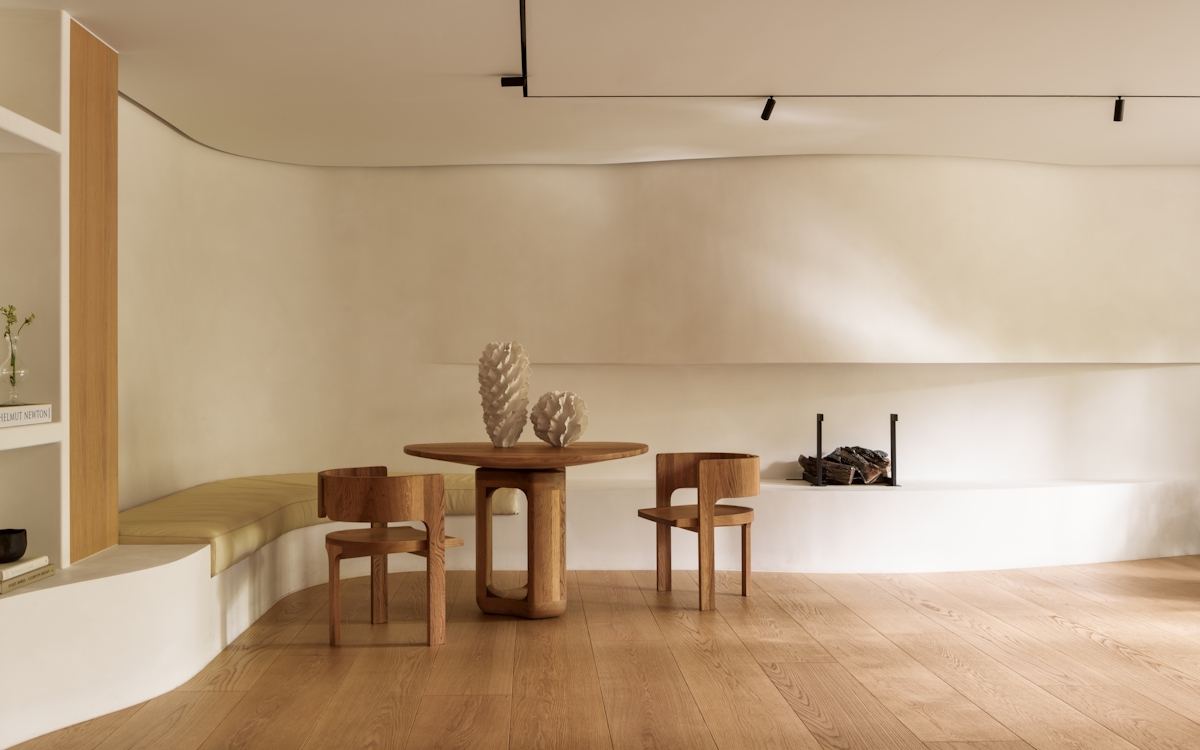Francis Sultana – interior designer and CEO of the David Gill Gallery – has carved a prestigious spot in the industry for his cerebral furniture designs, out-of-the-box arrangements and high-art installations for the HNWI set. But, despite their ingenuity, his designs are most definitely rooted in the past.
As a creative who has spent part of his career drawing inspiration from the refined lines, fine materials and grandeur of the Art Deco period, Sultana has brought the style into the 21st century – rethinking it for a modern age. His 2011 debut furniture collection – named “Homage to Art Deco” – featured plush velvet upholstery, gilded bronze and glass and undulating silhouettes which are just a few of the style’s most iconic elements.






